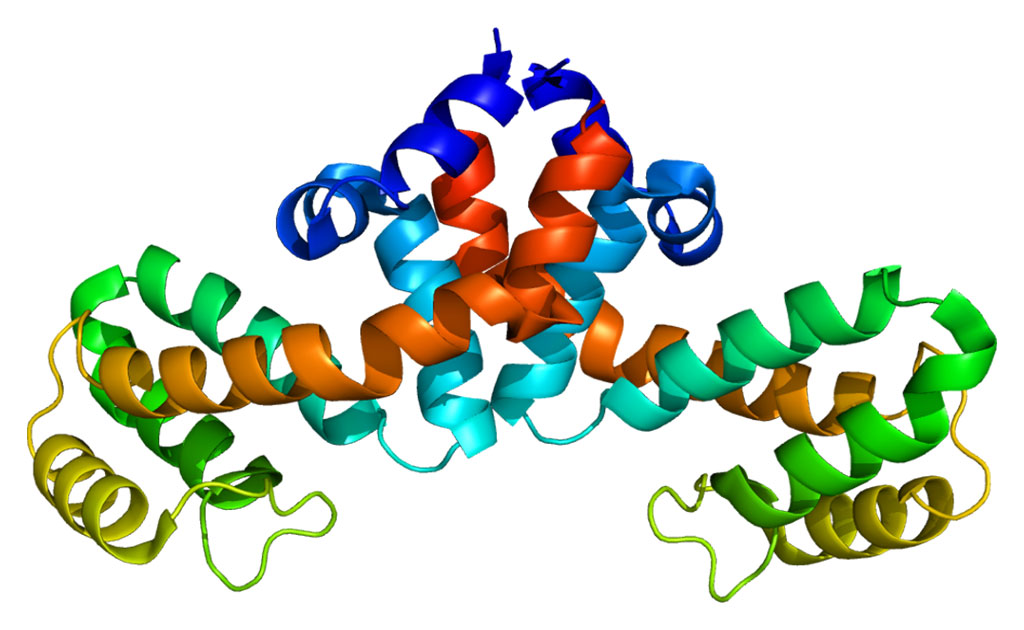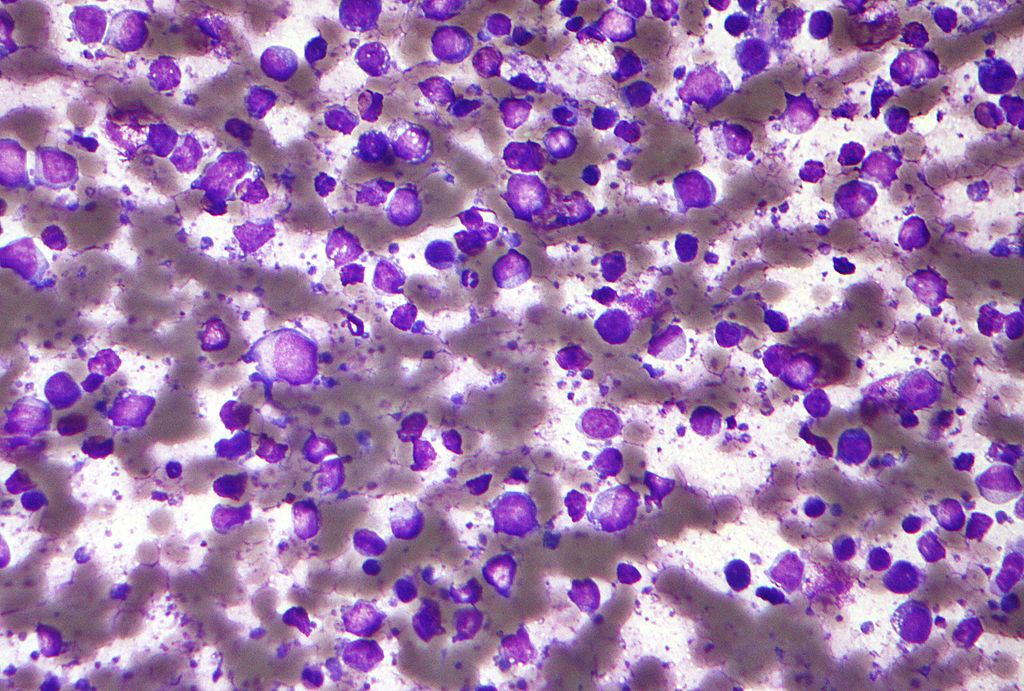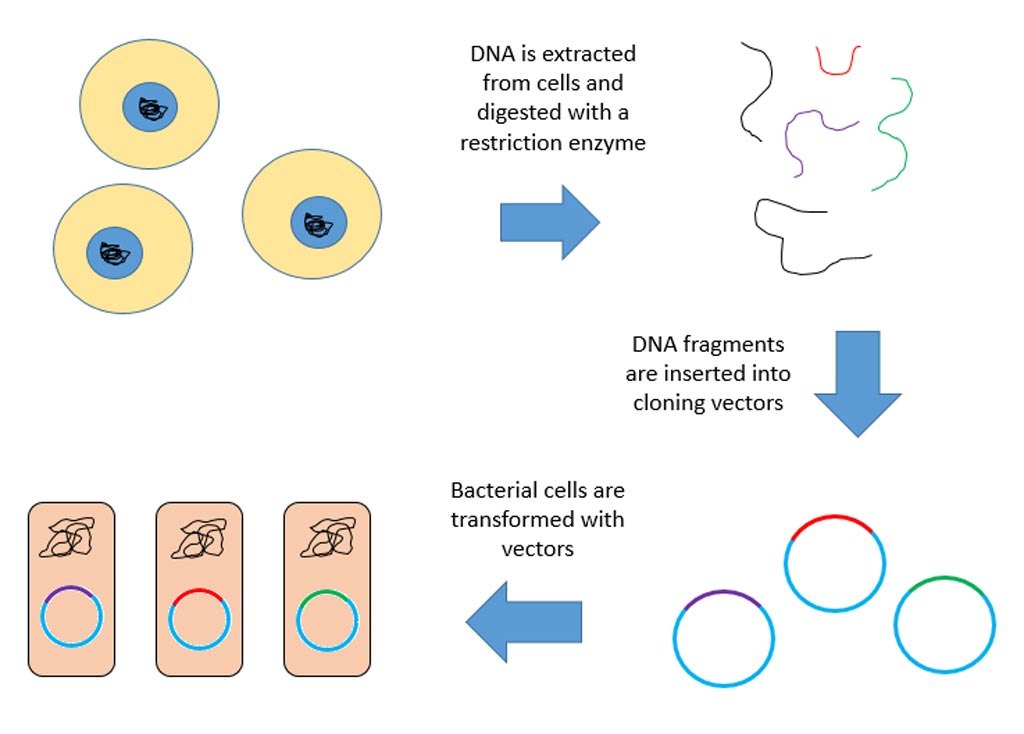Targeted Nanoparticle Delivery Drastically Improves Chemotherapy Outcome
By LabMedica International staff writers
Posted on 04 Oct 2011
A novel nanoparticle designed to carry relatively larger amounts of chemotherapeutic agent in a stable configuration while in circulation and that dissolves to release the drug into a tumor’s microenvironment dramatically increased the effectiveness of the cancer drug oxaliplatin.Posted on 04 Oct 2011
Investigators at the University of North Carolina (Chapel Hill, USA) constructed the nanoparticles from polysilsesquioxane. These particles were stable in an environment similar to blood circulation but broke down when exposed to a reducing environment such as that found in a tumor. For the current proof-of-concept study, the nanoparticles were loaded with the cancer drug oxaliplatin, and the charged nanoparticles were administered to cultures of four different cancer cell lines.
Results reported in the September 14, 2011, online edition of the journal Angewandte Chemie, revealed that the nanoparticles were two to three times more toxic to the cancer cells than was oxaliplatin delivered alone. Modified nanoparticles that were PEGylated or anisamide-targeted showed drastically superior efficacy to oxaliplatin alone in inhibiting cancer cell growth.
Senior author Dr. Wenbin Lin, professor of chemistry and pharmacy at the University of North Carolina, said, “The polysilsesquioxane (PSQ) particle we have developed carries extremely high loadings of oxaliplatin-based chemotherapeutics. The particles are stable under normal physiological conditions, but can be readily reduced to release the platin cargoes in highly reducing tumor microenvironments that have high concentrations of reducing agents. As a result, they have very little background release and are more easily targeted to tumors than most existing particles. We need to thoroughly determine the pharmacokinetics and other important properties of the PSQparticle in order to translate this particle platform to the clinic.”
Related Links:
University of North Carolina













